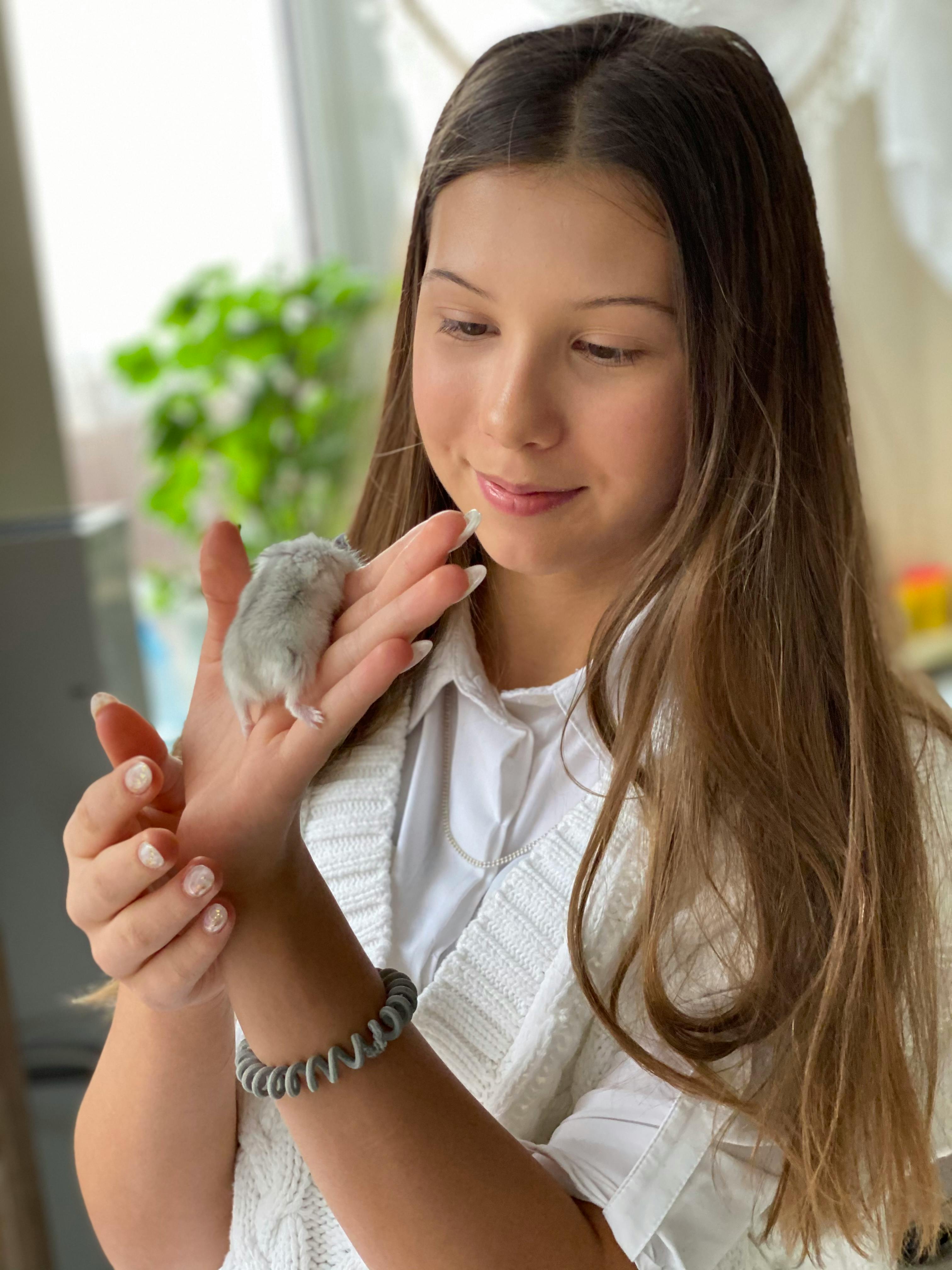Effective Ways to Train Your Rabbit in 2025
As rabbits become increasingly popular as pets, understanding their training needs and behaviors is essential for providing a fulfilling life for them. Rabbits are known for their unique vocalizations and body language, which express a range of emotions and intentions. In recent years, a greater emphasis has been placed on rabbit companionship, socialization, and training techniques that cater to their instincts and natural behaviors. This article aims to explore the effective ways to train your rabbit in 2025, shedding light on their communication methods, social needs, and realistic training approaches. Additionally, we will delve into rabbit sounds, like the intriguing phenomenon of howling rabbits, and their implications on understanding rabbit emotions.
Through this guide, you will gain insights into how to enhance your pet rabbit's companionship, recognize their emotional states, and develop effective training strategies. Understanding rabbit behavior is fundamental not only for successful training but also for nurturing a deeper bond with your furry friend. Topics such as rabbit health, enrichment activities, and proper communication are also covered, ensuring comprehensive care for your beloved pet.
By the end of this article, expect to feel empowered in your rabbit care approach, providing them a loving and understanding environment where they can thrive. Let’s dive into the fascinating world of rabbit behavior and training!
Understanding Rabbit Communication for Training Success
Building on the foundations of proper rabbit care, understanding how rabbits communicate is pivotal when training them. Rabbits use a variety of sounds and signals to express their feelings and needs. By learning about these animal communication methods, you can navigate their behavior patterns more effectively.
Rabbit Vocalization Types and Their Significance
Rabbits have a rich repertoire of vocalizations, each conveying a different message. The well-known “howling rabbit” sound typically indicates discomfort or fear. In contrast, softer "purring" sounds suggest contentment and relaxation. Observing these vocalization behaviors helps owners understand the emotional state of their pets, facilitating better responses and reinforcing desired behaviors during training sessions.
How Rabbits Communicate Emotion Through Sounds
Rabbits are adept at communicating their feelings through sounds, often demonstrating their excitement or distress vocally. Understanding how to read these emotional cues is essential for establishing trust between you and your pet. When your rabbit begins to howl or display other distressful sounds, it’s a signal to assess their environment for potential threats or discomfort. Recognizing these signals fosters a nurturing environment and enhances overall rabbit well-being during training.
Rabbit Signals and Body Language
In addition to vocalizations, rabbit body language is a crucial aspect of their communication. Ears upright typically indicate alertness, while a relaxed posture signifies comfort. Familiarizing yourself with these signals enhances your interaction and helps tailor training sessions to suit your rabbit's mood and readiness to learn. It’s also essential to pay attention to their territorial behaviors during these endeavors.
Effective Training Techniques for Rabbits
With these basics established, let’s explore practical training techniques that cater to a rabbit’s natural instincts and enhance their companionship needs. Creating a structured and enriched training environment can significantly impact your rabbit's learning curve.
Positive Reinforcement Strategies
One of the most effective methods for training a rabbit is through positive reinforcement. This involves rewarding desired behaviors with treats, praise, or affection, which encourages rabbits to repeat those behaviors. Utilizing rabbit-friendly treats during training sessions not only enhances their learning but also strengthens the bond you share.
Setting Up a Rabbit-Friendly Training Environment
A well-structured training environment is paramount for effective rabbit training. Design your space to minimize distractions and provide safety while using familiar objects to evoke interest. Implementing rabbit enrichment activities can keep their minds engaged, facilitating better focus during training. Consider integrating elements that stimulate their natural instincts, such as tunnels or chew toys.
Consistency and Routine in Training
Consistency is the key to successful rabbit training. Establishing a routine for training sessions helps your rabbit adapt and respond better. Short, frequent practice sessions are preferred over long, irregular ones, as they cater more effectively to their attention spans. In this way, your rabbit will learn commands and behaviors in a stress-free context, making for a successful training experience.
Rabbit Behavior Insights: What to Expect
This naturally leads us to delve into specific behaviors you may encounter during training. Understanding common rabbit antics will help you respond appropriately and remain patient throughout the learning process.
Handling Common Rabbit Misconceptions
Many misconceptions surround rabbit behavior and training, particularly regarding their emotional expression. Some believe rabbits are aloof; however, they are highly social animals that thrive on companionship. Emphasizing the need for social interactions during rabbit training will help nurture their instincts, resulting in a more well-adjusted pet.
Encouraging Natural Rabbit Instincts During Training
Incorporate training methods that reflect natural rabbit behavior. Allowing your rabbit to explore their territory and engage in playful antics can be rewarding for both pet and owner. This not only aids in their socialization but allows them to express their playful nature, which is vital for their emotional health and can positively impact their response to training.
Monitoring Rabbit Emotions Throughout Training
A key part of successful rabbit training is monitoring and recognizing their emotions during both positive and negative experiences. Each rabbit may react differently to various training techniques, so stay attuned to their behavior and adjust your approach as needed. This thoughtful engagement fosters a stronger relationship built on mutual understanding.
Enhancing Rabbit Welfare Through Communication
Connected to this principle of understanding sounds and behavior, enhancing rabbit welfare through effective communication is crucial. Awareness of your rabbit's needs and emotional signals ensures a fulfilling environment.
Creating a Rabbit-Friendly Habitat
Designing a habitat tailored to rabbits significantly contributes to their emotional well-being and can positively influence communication. Ensure they have ample space to hop, hide, and explore. Additionally, adopting a rabbit-friendly environment includes utilizing safe materials and providing opportunities for natural behaviors, enhancing their overall quality of life.
Rabbit Enrichment Activities for Loneliness Prevention
Pet rabbits often face loneliness, leading to behavioral issues. To mitigatethis, engage them in various enrichment activities, such as puzzle feeders or interactive toys. These initiatives not only reinforce training attempts but also create a stimulating environment that keeps rabbits emotionally engaged and socially satisfied.
Observing Your Rabbit’s Behavior Over Time
Repeated observation of your rabbit's actions and vocalizations can reveal significant changes in their emotional state. Regular check-ups can identify any emerging concerns in health or behavior. Understanding how their communication changes will provide insights into their well-being and enhance the training process.
Q&A Section: Common Concerns About Rabbit Training
What are the most common rabbit sounds, and what do they mean?
Common rabbit sounds include grunting, whimpering, howling, and tooth purring. Each sound symbolizes different emotions, like comfort, fear, or annoyance. Understanding these sounds helps in addressing the rabbit’s needs effectively.
How often should I train my rabbit?
Training sessions should be short but frequent—ideally 5 to 10 minutes, several times a week. Keeping sessions fun and engaging will prevent boredom and encourage eagerness to learn.
What training techniques are most effective for rabbits?
Positive reinforcement is the most effective technique for training rabbits. This approach encourages good behavior through rewards, such as treats and affection, which builds trust and a stronger bond.
Can rabbits learn tricks like dogs?
Yes, rabbits can learn tricks and commands, although the process differs from dog training. By employing positive reinforcement and engaging exercises, you can teach your rabbit to navigate simple tasks and behaviors.
What are common challenges new rabbit owners face in training?
Challenges may include understanding rabbit communication, dealing with territorial behaviors, and avoiding misconceptions about their social nature. Being patient and observant will help overcome these hurdles.


